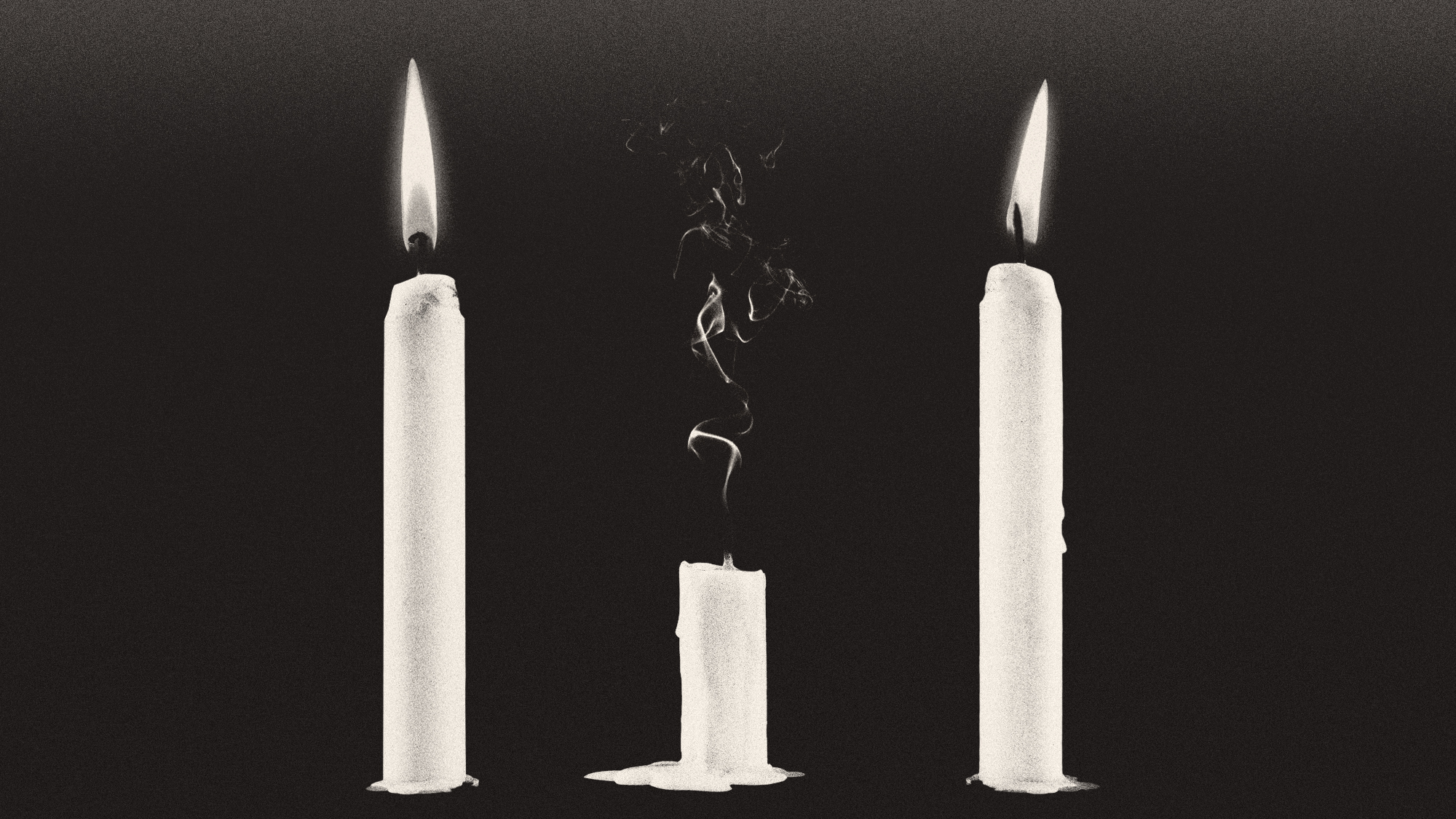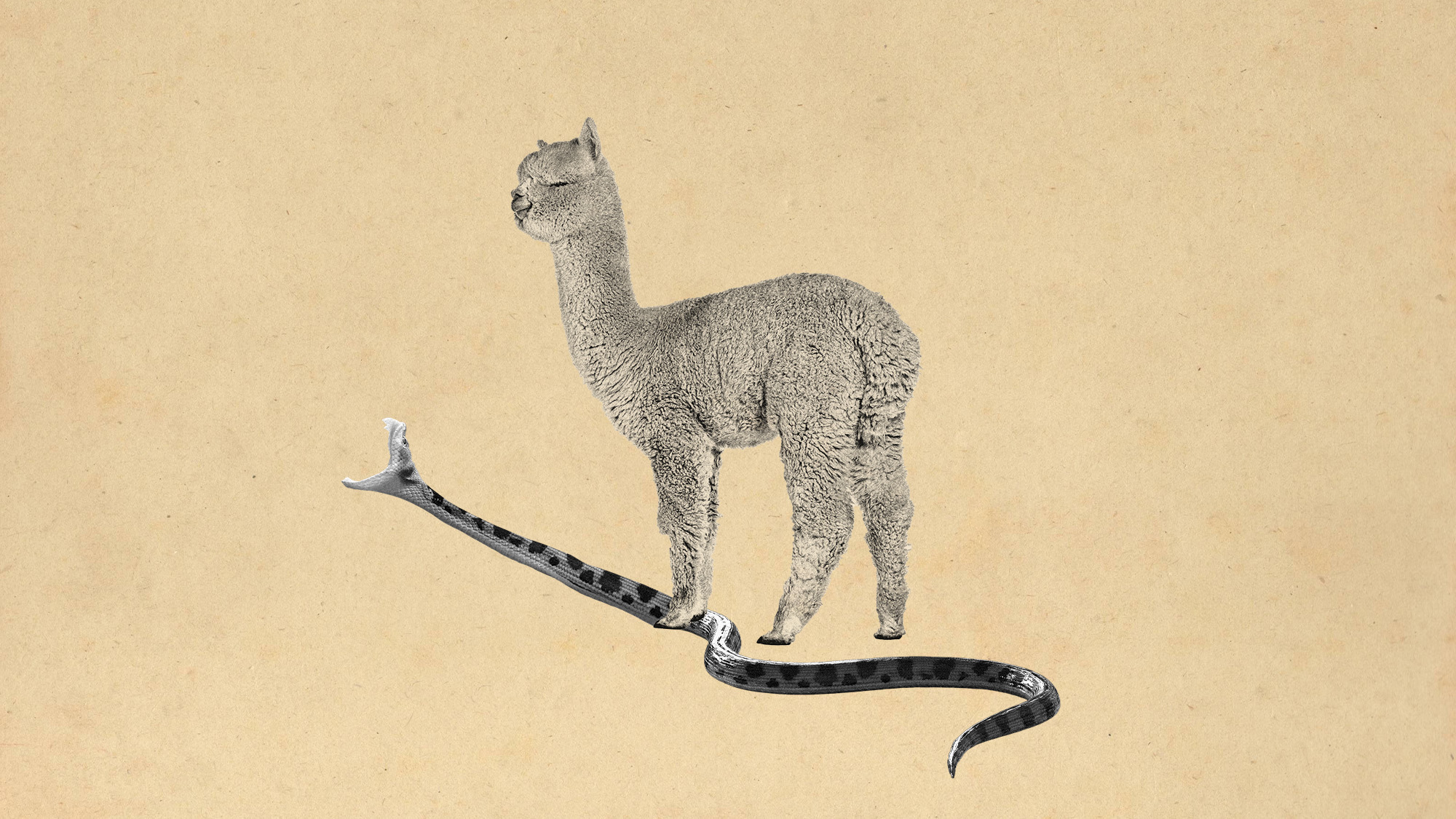Skeletal remains debunk myth around 1918 flu pandemic
New research casts doubt on widely held assumption that virus predominantly affected the young and healthy

Analysis of skeletal remains from more than a century ago has suggested the most widely held assumption around one of the most devastating pandemics in history may be false.
Flu typically kills the very young, the old and the sick. That made the so-called Spanish flu pandemic in 1918 "unusual, or so the story goes", said Gina Kolata in The New York Times. It is an anomaly because it is believed to have struck healthy adults in their prime as often, if not more often, than the weak or sickly.
The virus is thought to have killed at least 50 million people globally, or between 1.3% and 3% of the world's population. Covid-19, in contrast, killed 0.09% of the population. The assumption that the 1918 virus affected the young and healthy has "influenced research and literature for decades", said Phys.org but now new research has found that it may not have been true.
The Week
Escape your echo chamber. Get the facts behind the news, plus analysis from multiple perspectives.

Sign up for The Week's Free Newsletters
From our morning news briefing to a weekly Good News Newsletter, get the best of The Week delivered directly to your inbox.
From our morning news briefing to a weekly Good News Newsletter, get the best of The Week delivered directly to your inbox.
What do the new findings reveal?
The paper published in Proceedings of the National Academy of Sciences analysed bio-archaeological data on age at death and skeletal lesions from 369 individuals who died before and during the 1918 influenza pandemic in the United States. It found those who suffered from chronic diseases or nutritional deficiencies were more than twice as likely to die as those who did not have such conditions, irrespective of age.
"So many people fell ill that doctors at the time believed that healthy people were equally likely to die as those who were already sick or frail," said the report's authors. These results show that "even in the past, people with evidence of prior environmental, social and nutritional stress were most likely to die".
The 1918 virus did kill young people, said Kolata, but "it was no exception to the observation that infectious diseases kill frail and sicker people most readily".
Why is it important?
Sharon DeWitte, an anthropologist at the University of Colorado and an author of the paper, said the finding had a clear message: "We should never expect any non-accidental cause of death to be indiscriminate."
A free daily email with the biggest news stories of the day – and the best features from TheWeek.com
Like Covid-19 a century later or even the Black Death, which wiped out as much as third of the population of Europe in the 14th century, researchers suspect that socioeconomic status, education, and access to health care may have played a role in the high 1918 death toll.
These findings "shine a light on how modern-day communities could better prepare for pandemics and reveal potential shortfalls in relying exclusively on written texts to understand the past", said Phys.org.
The main lesson going forward, said the scientific news site, is the "danger in public health messaging that suggests everybody is equally likely to get sick".
"What we have learned is that in future pandemics there will almost certainly be variation between individuals in the risk of death," said DeWitte. "If we know what factors elevate that risk, we can expend resources to reduce them – and that's better for the population in general."
-
 Deaths for children under 5 have gone up for the first time this century
Deaths for children under 5 have gone up for the first time this centuryUnder the radar Poor funding is the culprit
-
 A fentanyl vaccine may be on the horizon
A fentanyl vaccine may be on the horizonUnder the radar Taking a serious jab at the opioid epidemic
-
 How dangerous is the ‘K’ strain super-flu?
How dangerous is the ‘K’ strain super-flu?The Explainer Surge in cases of new variant H3N2 flu in UK and around the world
-
 This flu season could be worse than usual
This flu season could be worse than usualIn the spotlight A new subvariant is infecting several countries
-
 More adults are dying before the age of 65
More adults are dying before the age of 65Under the radar The phenomenon is more pronounced in Black and low-income populations
-
 Scientists have developed a broad-spectrum snake bite antivenom
Scientists have developed a broad-spectrum snake bite antivenomUnder the radar It works on some of the most dangerous species
-
 Covid-19 mRNA vaccines could help fight cancer
Covid-19 mRNA vaccines could help fight cancerUnder the radar They boost the immune system
-
 Peanut allergies have plummeted in children
Peanut allergies have plummeted in childrenUnder the radar Early introduction could be an effective prevention method

